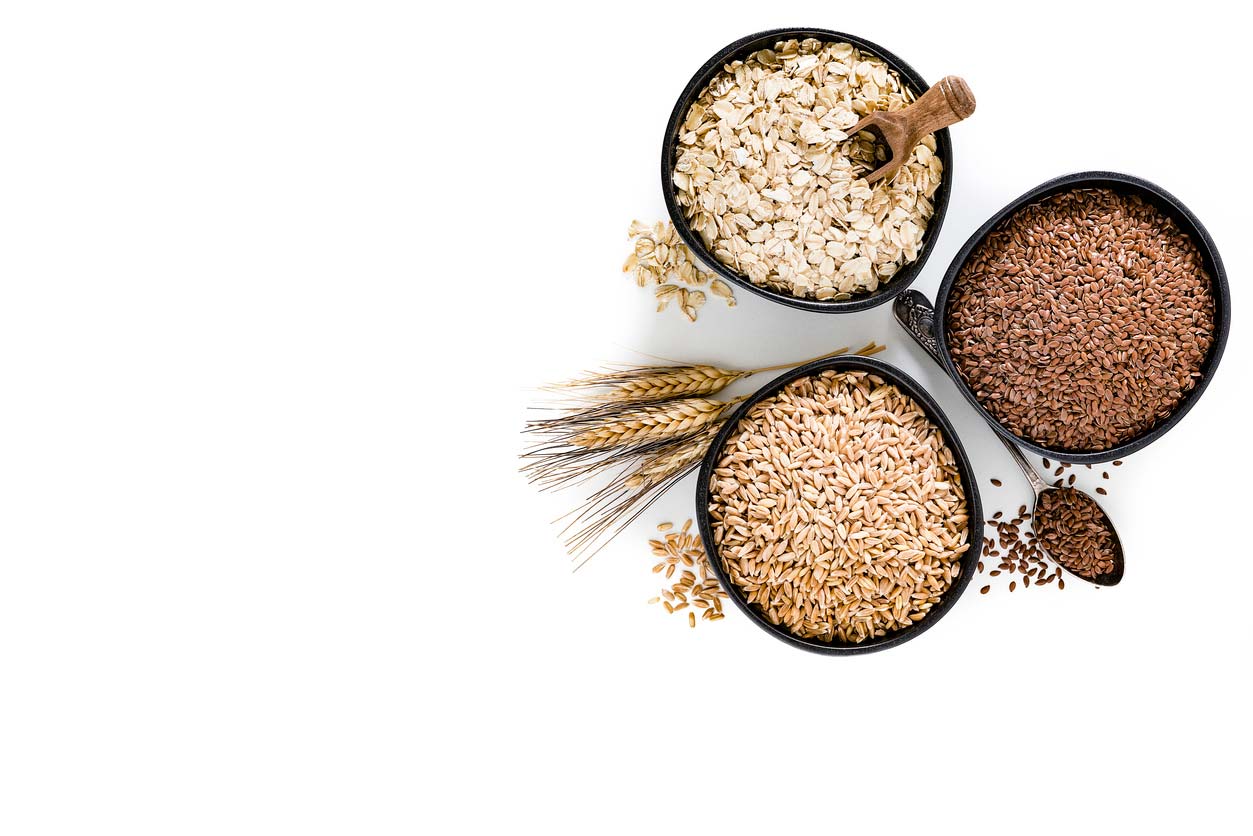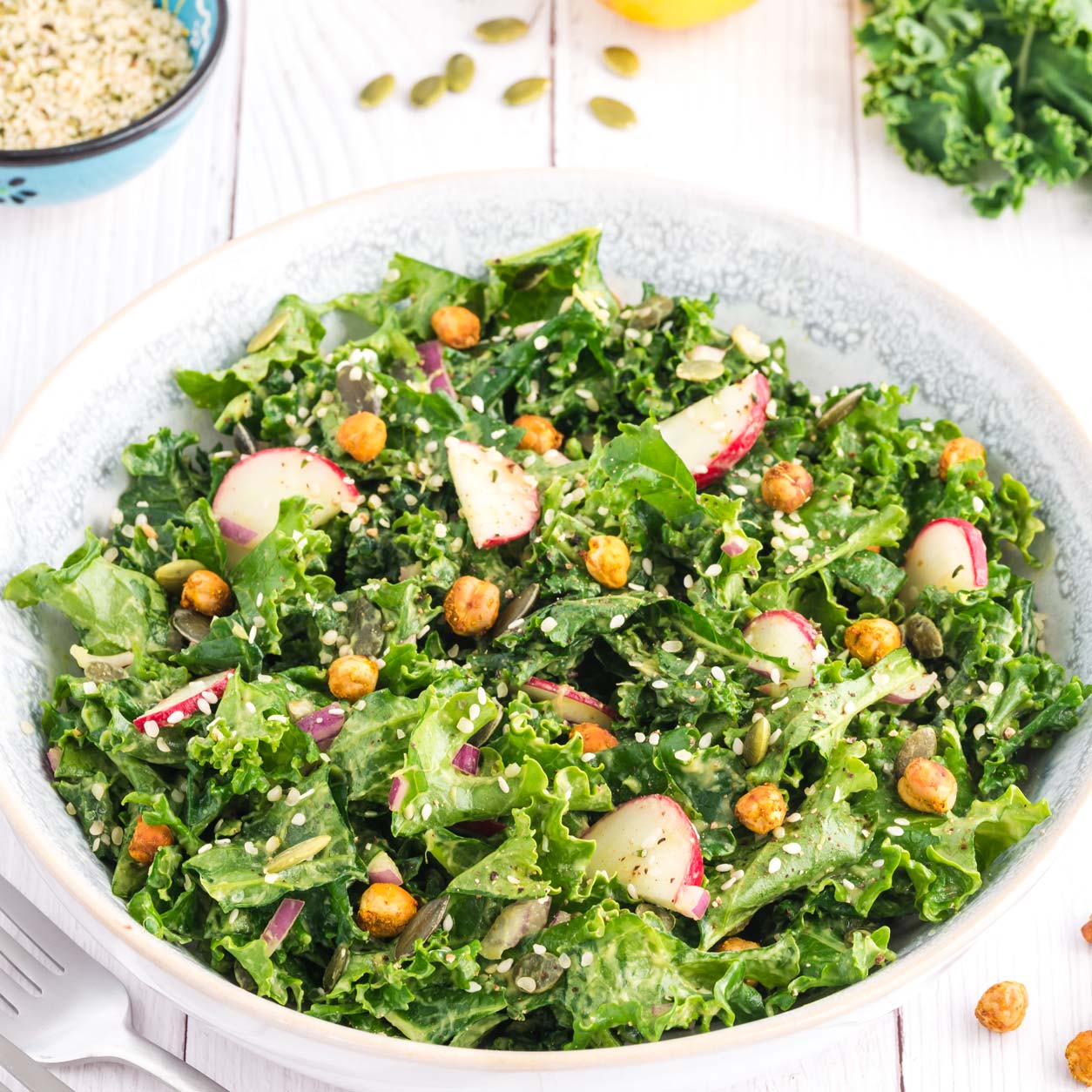When authorities began issuing stay-at-home orders to combat the spread of COVID-19, people began loading up on foods with a long shelf life (that is, pantry foods). But no one knew how long the new normal would last. And some people reasoned that they needed to store enough food to see them through a two to four-week quarantine in case they contracted the virus and weren’t able to leave their home at all. Eventually you’d use them all up, right? And maybe you could come up with some quick and easy pantry meals in the process.
But that uncertainty also led to panic buying, creating a frightening sight of empty store shelves, which led to even more panic buying in response. For the first time in some of our lifetimes, there has been a real fear of food shortages. The meat industry has been hit especially hard by COVID-19, causing products to remain out of stock or arrive sporadically and in limited quantities. And some fruits and vegetables are rotting in fields and warehouses as the supply chain breaks down.
As a result of the changing food landscape, you may find yourself having to get creative while cooking, use substitutions, or look for plant-based recipes that use minimal ingredients. Or you might be stocked up on canned goods and non-perishables but wonder how you can use them to make healthy and enjoyable meals. (Here’s an article about healthy pantry foods that you should have on hand, not just during pandemic times, but as the foundation of your diet.) Either way, we have your back. Read on to find out how to use pantry foods to come up with easy meals (with a sampling of a few of our favorites).
How to Cook with Different Pantry Foods
Beans

Dried beans and other legumes have traditionally been staples of healthy cuisines. They’re inexpensive, long-lasting, chock full of fiber, protein, and other important nutrients, filling, and versatile. The Blue Zones research found that most of the longest-lived peoples on the planet include legumes as a significant part of their diets.
They are easy to cook, and if you don’t have the means or the time to cook legumes on a regular basis, you have two other options. First, you can cook a large pot of beans or other legumes all at once, drain them and let them cool, and then freeze them in small freezer bags or containers. That way, you can thaw out what you need without having to spend hours cooking them.
Secondly, you can also buy canned beans and lentils. These will last for years and are extremely convenient in a pinch. They may be packed in a lot of salt, so you might want to look for unsalted options. Also, look for packaging that doesn’t contain BPA, either BPA-free cans or paperboard boxes. We also recommend organic beans to avoid potential glyphosate exposure.
How can you incorporate legumes into your diet? You can use cooked beans in soups, stews, and chilis. You can mix them into pasta dishes, mash or whip them into dips, and use them to give body and texture to veggie burgers.
Whole Grains

Cooked whole grains are the world’s most common staple food, providing a rich source of energy to the majority of the world’s population. These include the familiar ones like wheat, rice, oats, and corn, as well as less common (to most of us) varieties like quinoa, buckwheat, millet, amaranth, rye, teff, and barley. As with beans, opt for organic, when you can, to avoid possible exposure to glyphosate.
If you have a rice or grain cooker, you can take the guesswork out of cooking rice and other grains. For most models, you don’t even have to set a timer. Just add the grain and liquid, and the cooker will sense when it’s done and shift to warming mode.
You can use cooked grains as a base for power bowls, stir-fries, and curries. Most of the healthiest cultures in the world also consume grains for breakfast, as in porridge and oatmeal.
Pasta/Noodles

Pasta is a well-known staple that’s often stored for a long time and served in a wide variety of different dishes. In addition to traditional warm pasta dishes like spaghetti with marinara and veggies, you can add pasta to soups, and use the leftovers in cold noodle salads. Want to avoid glyphosate? Go organic once again, especially with wheat-based pastas. Gluten-free? My favorite rice pasta is made by Tinkayada. Want to try something a little different? There are legume pastas, too!
Nuts & Seeds

Nuts and seeds are traditional snacks but are much more versatile than we often give them credit for. They’re rich sources of healthy fats and full of protein. And when used in moderation, they can be a healthy addition to your diet. You can add raw or lightly roasted sesame seeds and sunflower seeds to stir-fries and Asian dishes for some crunch and visual appeal. You can also make dressings, dips, and spreads out of soaked nuts with a high-powered blender and use them as toppings for salads and warm dishes.
Note that due to their high-fat content, nuts and seeds don’t last as long as other pantry staples. It’s best to use them relatively quickly or keep them in your refrigerator or freezer for long-term storage. Even unshelled nuts like walnuts, pecans, and almonds will go bad if kept at room temperature for too long.
Frozen Fruit

Unlike fresh fruit, which should be eaten as soon as it’s ripe, frozen fruit stores for a long time if you have a working freezer and a reliable supply of electricity. Frozen fruit is often more nutrient-dense than fresh since the flash-freezing process typically takes place within hours of picking. You can stock your freezer with bags of peaches, strawberries, raspberries, and blueberries, as well as tropical fruits like mango, pineapple, banana, and papaya.
Use frozen fruit to make smoothies, smoothie bowls, and dessert toppings. You can also add frozen fruit to cooked oatmeal (this is a great way of quickly melting blueberries and raspberries while simultaneously cooling down the oatmeal). Or use them as toppings for chia pudding.
Frozen Veggies

Like fruit, frozen veggies are often more nutritious than their fresh counterparts (especially if you aren’t able to get local produce) — and less expensive as well. The possibilities for frozen veggies are endless. While they don’t work well in salads or other dishes that call for raw veggies, you can use frozen veggies as the base of lots of hot dishes: soups, stews, casseroles, one-pot dishes, stir-fries, and simple plates consisting of cooked vegetables, a grain, and legumes. And if you have an electric pressure cooker or steamer basket, you can easily defrost frozen veggies or steam them right up.
Hearty Roots, Tubers, and Squash

Some fresh foods have a very long shelf life, as long as you store them properly. Potatoes can last for months in a cool, dark, slightly humid environment. And properly stored sweet potatoes can likewise make it from fall into the following spring. Other root vegetables like parsnip, rutabaga, celery root, beets, carrots, and radishes can also last a long time. And winter squash, like butternut, kabocha, and acorn squash, can be just as delicious in April as when they’re harvested in September.
Eat them on their own or as a side with other dishes. If you have an air fryer, air fried potatoes (without oil) can satisfy a craving for french fries. Squashes are great stuffed, mashed, and pureed into soups, while other root veggies are great in salads and stir-fries, or as a main course when paired with a yummy sauce.
Give These 10 Easy Pantry Meals a Try
Here are some examples of pantry meals that use some the pantry foods that we’ve talked about. Each one is delicious, healthy, not too complicated, uses minimal ingredients (not counting spices and water), and doesn’t require fancy equipment to make.
1. Oatmeal Almond Butter Balls

These raw, fiber-rich, and protein-packed oatmeal almond butter balls are perfect for an on-the-go snack or breakfast. Make them early in the week and keep them in the refrigerator for the days when you need, or just really want, something already prepared.
2. Turmeric Cashew Cheese

The probiotic-rich miso in this recipe gives it a delicious umami taste, while herbs and spices add a pop of flavor. Use this cheese as a dip, on top of salads, in a wrap, or to make a creamy pasta sauce. P.S. If miso paste isn’t yet a staple in your refrigerator, it might be a great time to start stocking up and using this probiotic-rich ingredient!
3. Sweet Potato Balls

Need an easy dinner, fast? Prepare your sweet potatoes ahead of time for this nourishing and tasty meal that you can make in a jiffy! Serve them with organic pasta and sauce, turn them into burgers, and (if there are any left!), enjoy them as a snack.
4. Spring Quinoa Salad

This salad is light and bright, perfect for spring and summer months. Cooking the quinoa in advance makes it especially quick to prepare! If you don’t have red pepper and cucumber, you substitute other vegetables you have on hand.
5. Chickpea Avocado Salad

Cook up a double (or triple!) batch of chickpeas and freeze them in portions. They’ll be ready to defrost when you want to create this delicious salad that can be eaten solo or in between whole grain bread (with all the veggie fixings) as a sandwich. Or added to other easy plant-based recipes you come up with.
6. Simple Kale, Avocado, and Pumpkin Seed Salad

This salad couldn’t be easier! You’ll adore the combination of healthy fats in the avocado mixed with the earthiness of the kale, then topped with the acidic lemon. It makes for a perfectly flavored spring salad.
7. Spiced Sweet Potato Hummus

Cooked sweet potato lends a little creaminess and sweetness to this hummus-like dip. The lime juice adds a fresh tang, and there’s just enough chili powder and cinnamon to give it flavor without too much spice (for those who are spice averse)!
8. Sniffle Soup

Even if you don’t have the sniffles, this soup is wonderfully comforting and delicious. Now is a great time to keep your immune system strong, and this soup has ingredients that can help! Soups, in general, are easy to modify how you wish any time of year.
9. Not Your Store-Bought Black Bean Burgers

These black bean burgers are so delicious, simple, and nutritious that you may never purchase another store-bought black bean burger again! Double the recipe and store the patties in the freezer, so you have meals on hand for future weeks. Layer veggies on top to make a mile-high burger that packs a ton of fiber and nutrition.
10. Immune-Optimizing Blueberry Smoothie

Packed with antioxidant-rich blueberries and nutrient-rich hemp seeds, this smoothie will help bolster your immune system while also supporting cognitive health and helping to protect your ticker from disease. Plus, it’s simple and tastes delicious!
Using What You Have
Cooking during a pandemic presents some extra challenges, as most people are shopping less often, and some usual favorites might not be available. But by relying more on pantry items as staples, and applying a bit of creativity and flexibility to create easy plant based recipes, you can enjoy nourishing food that works with what you have available. And doing so will enhance your peace of mind too!
Tell us in the comments:
- How has your cooking changed since the pandemic began?
- What pantry items are you relying on more than before?
- What kinds of pantry meals have you come up with? And which of these recipes are you excited to try?




